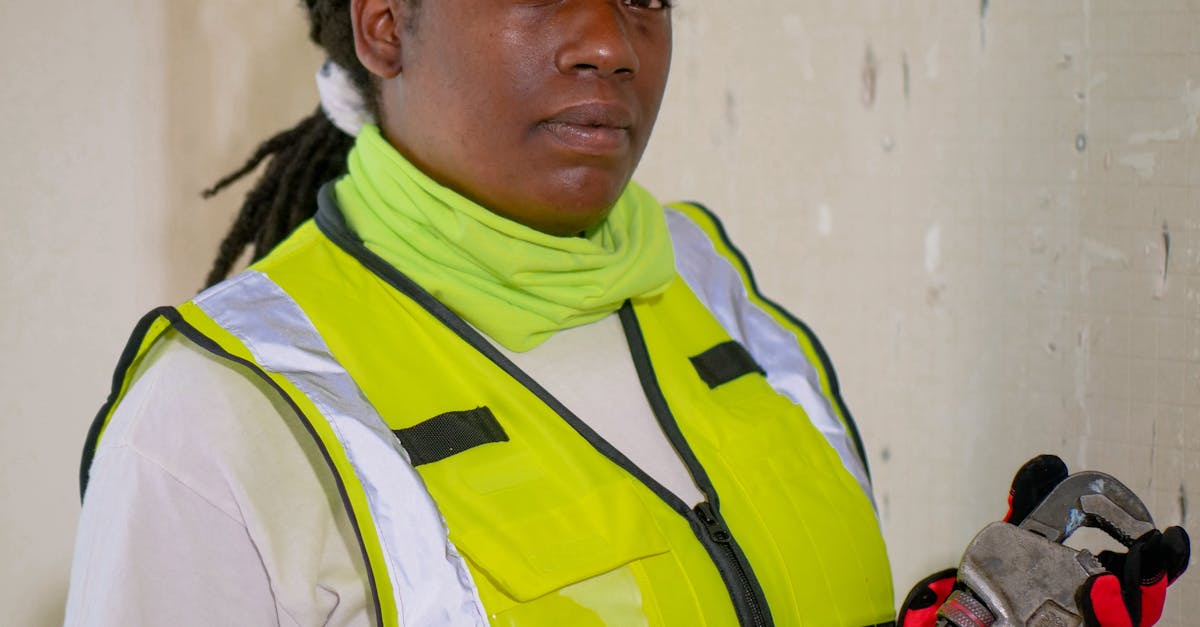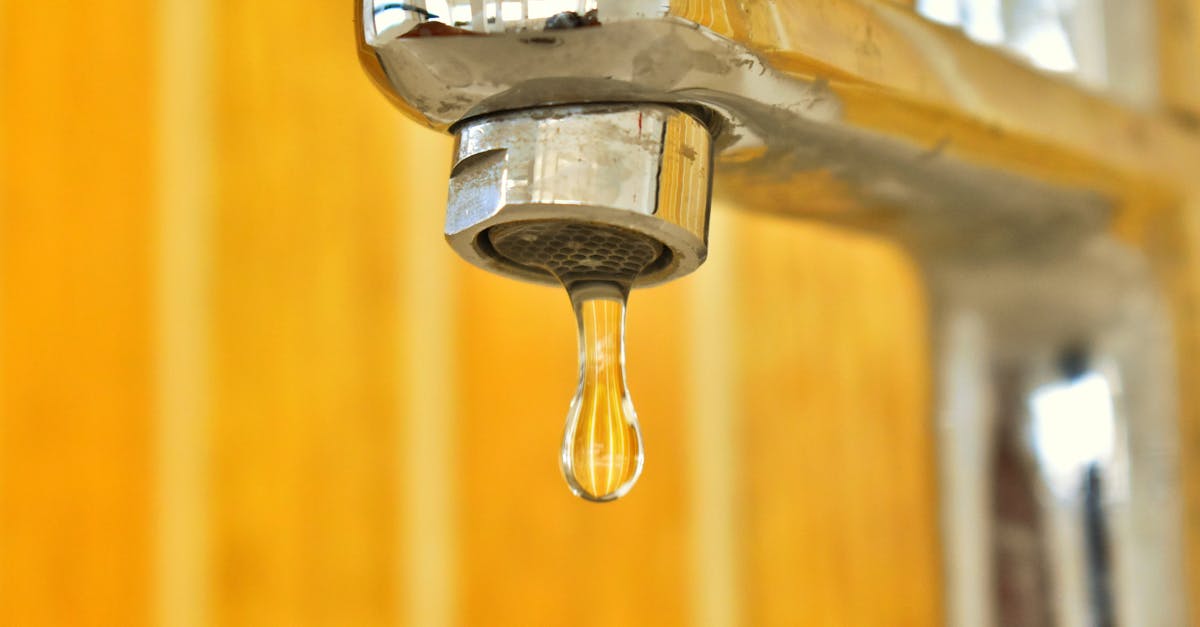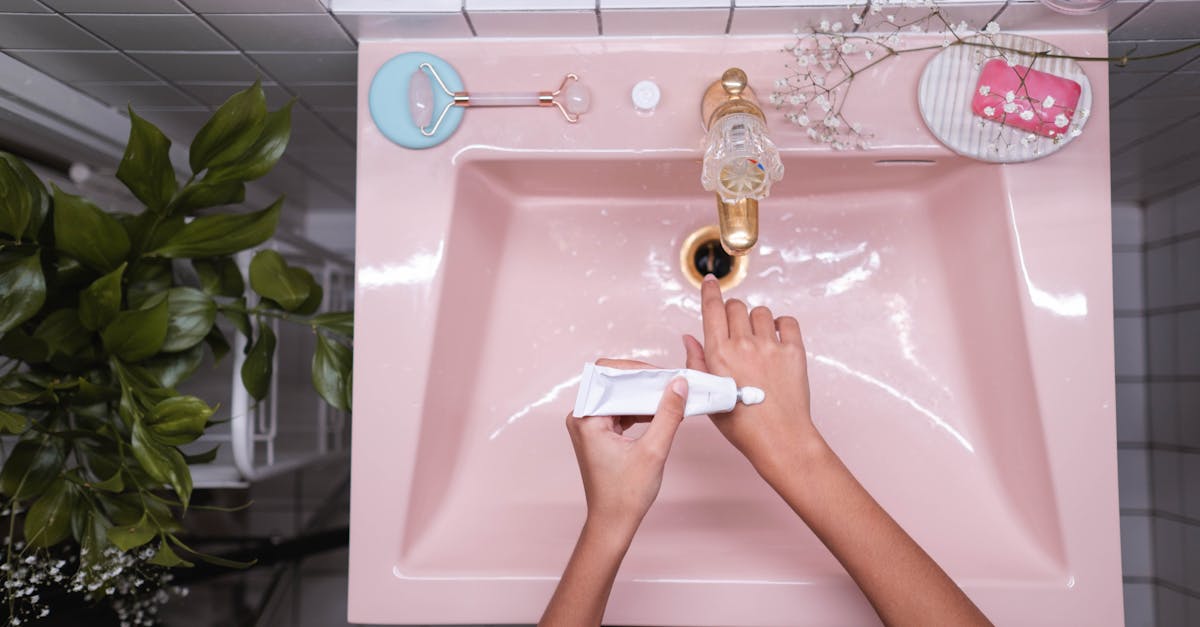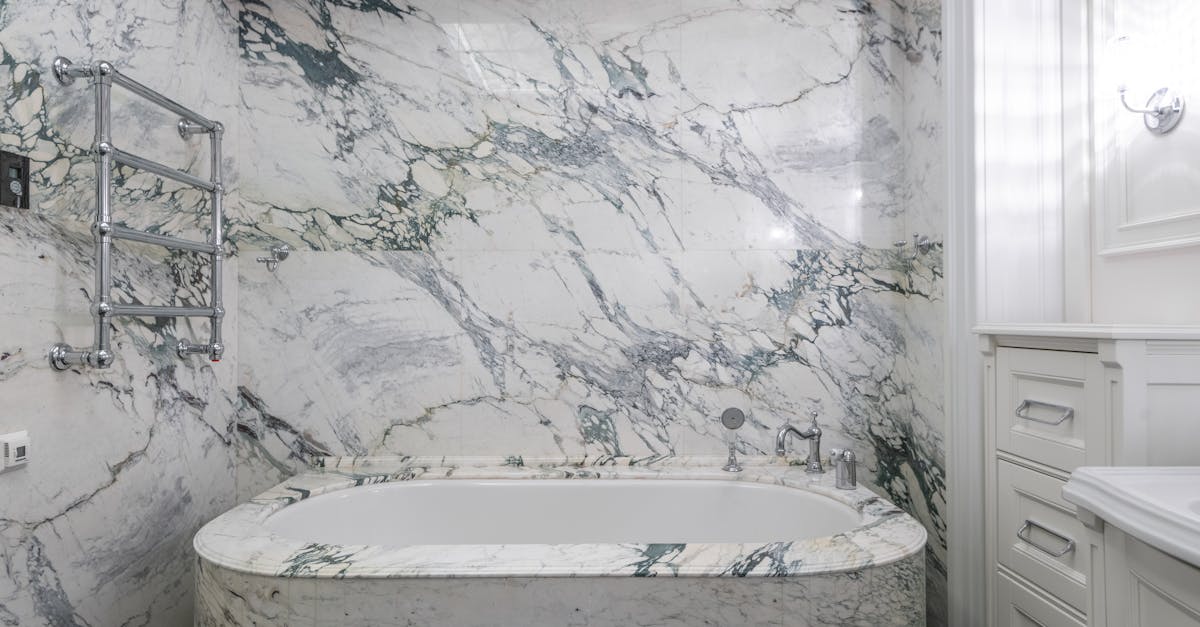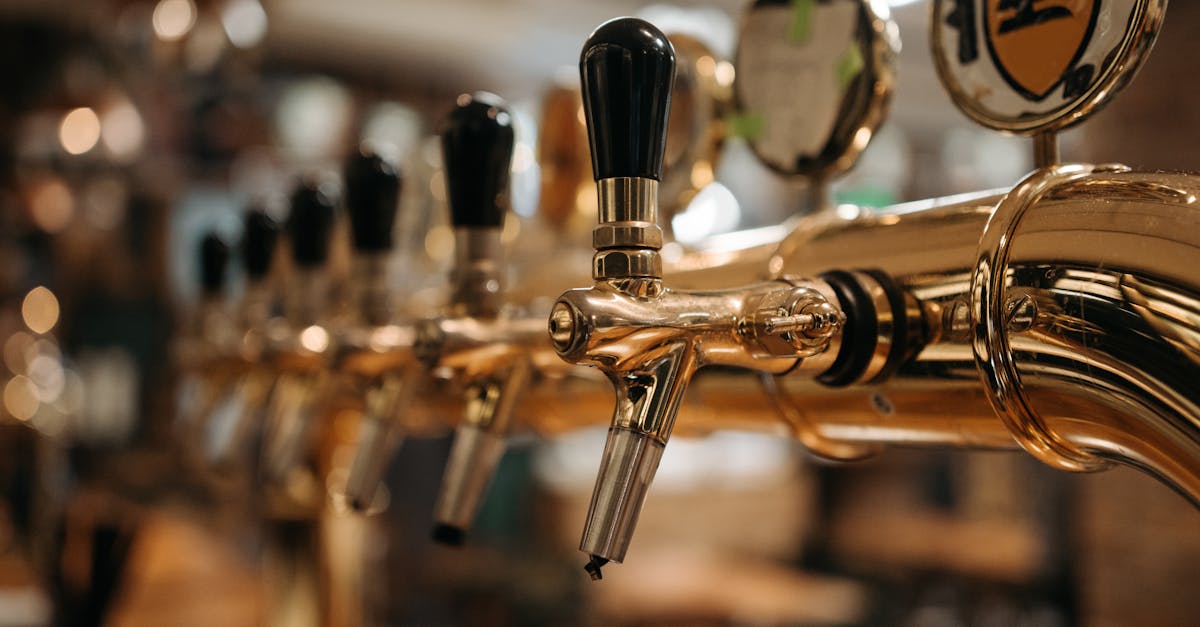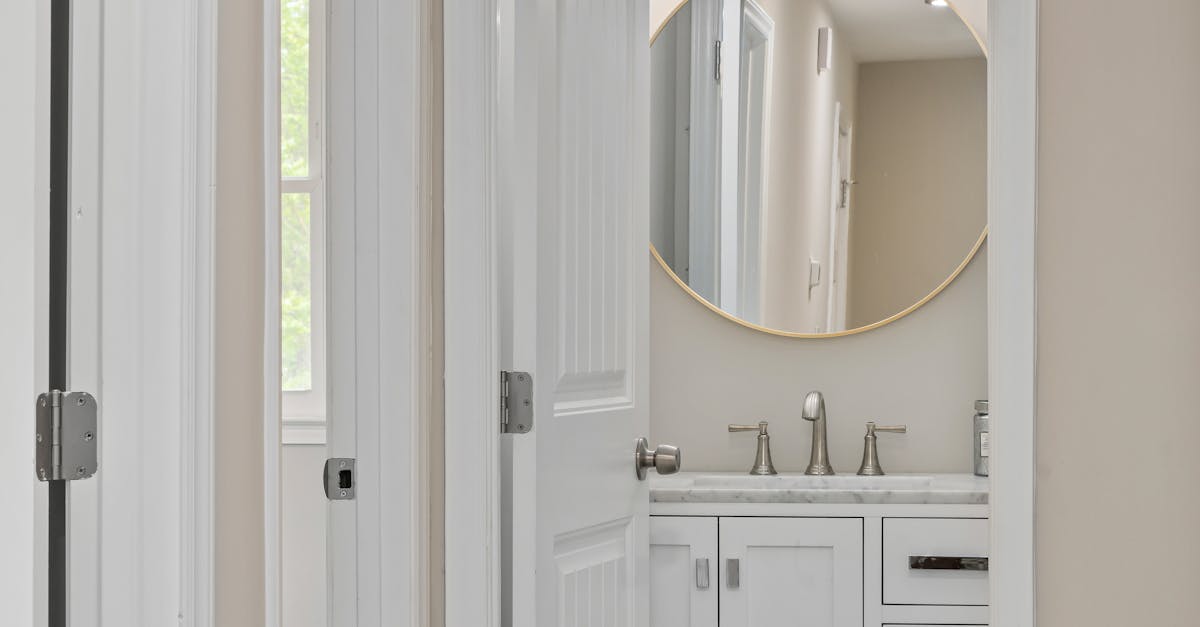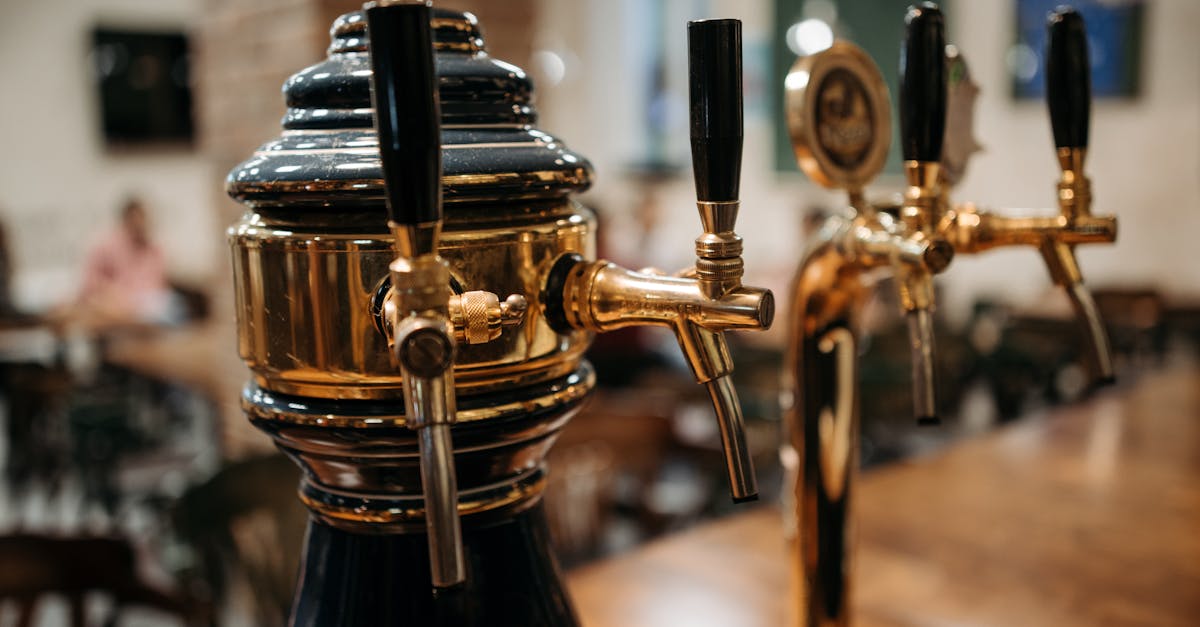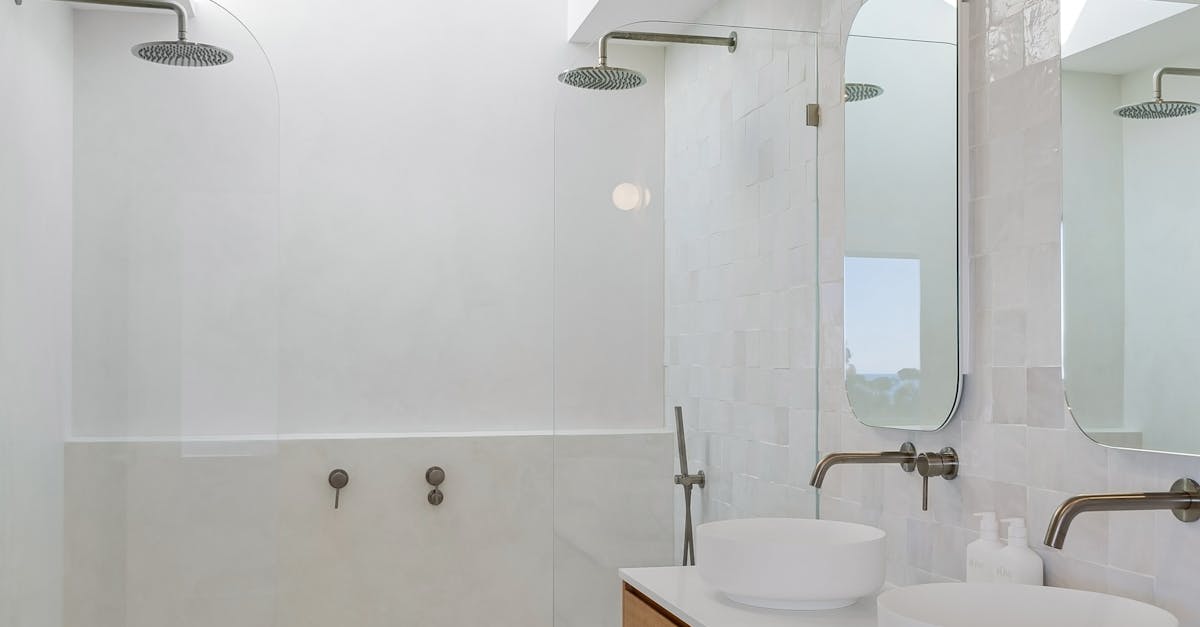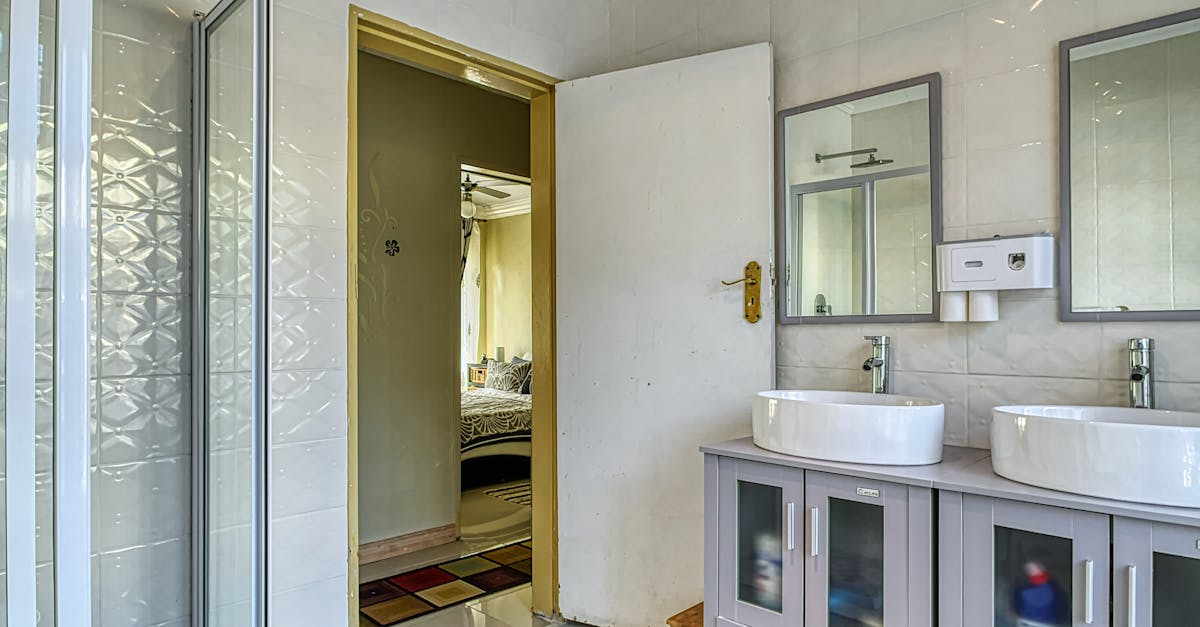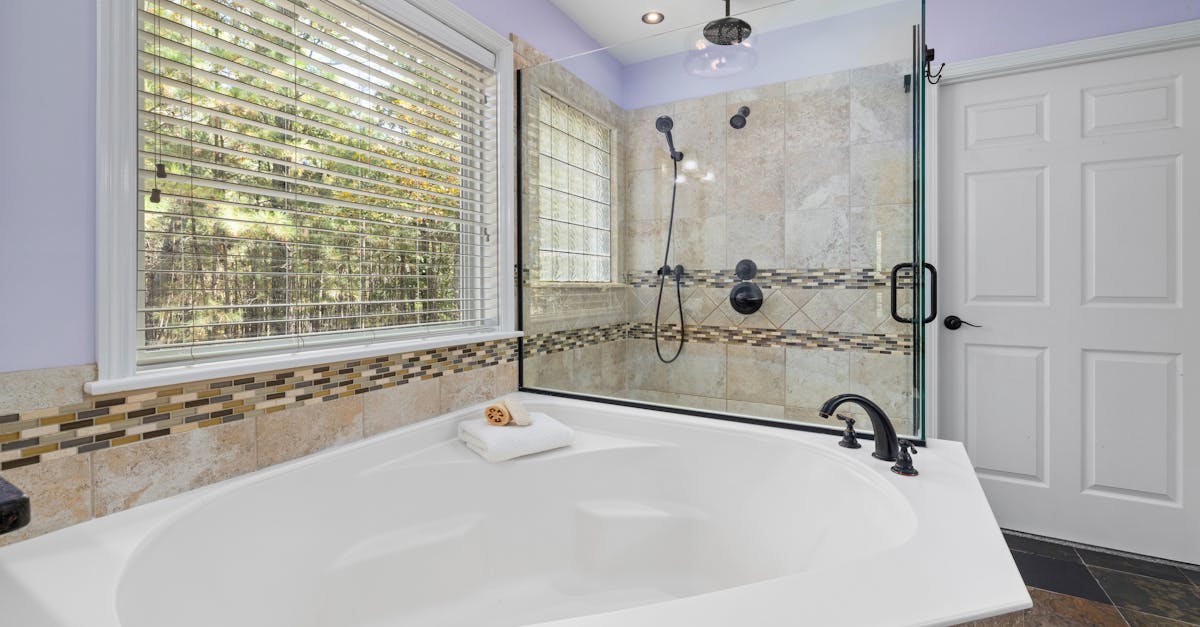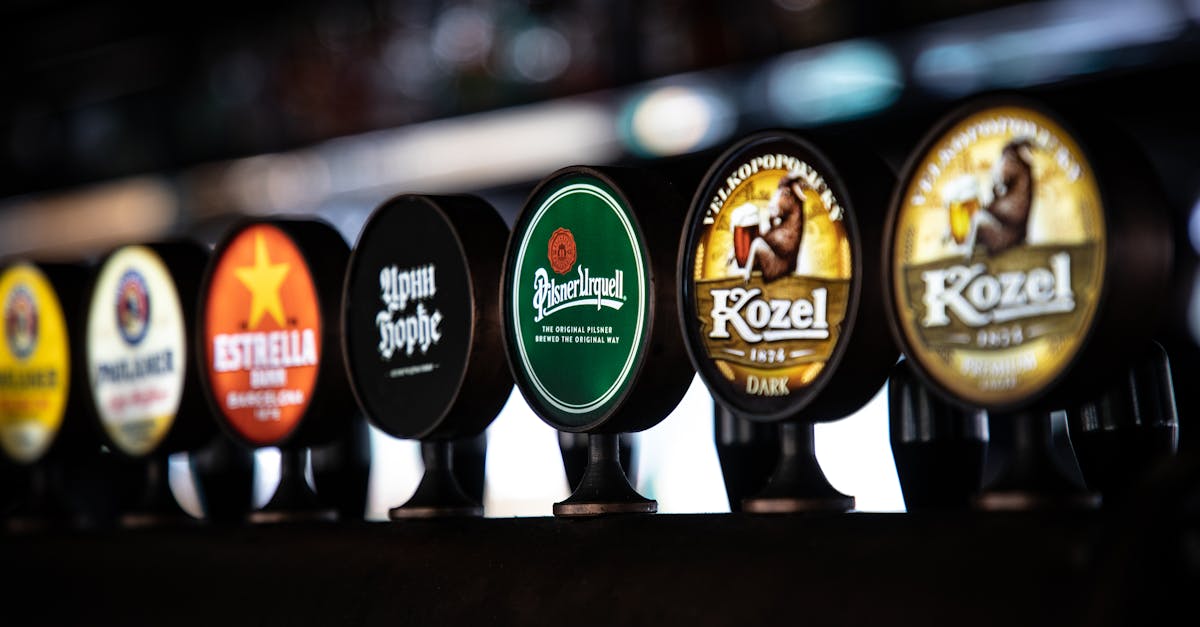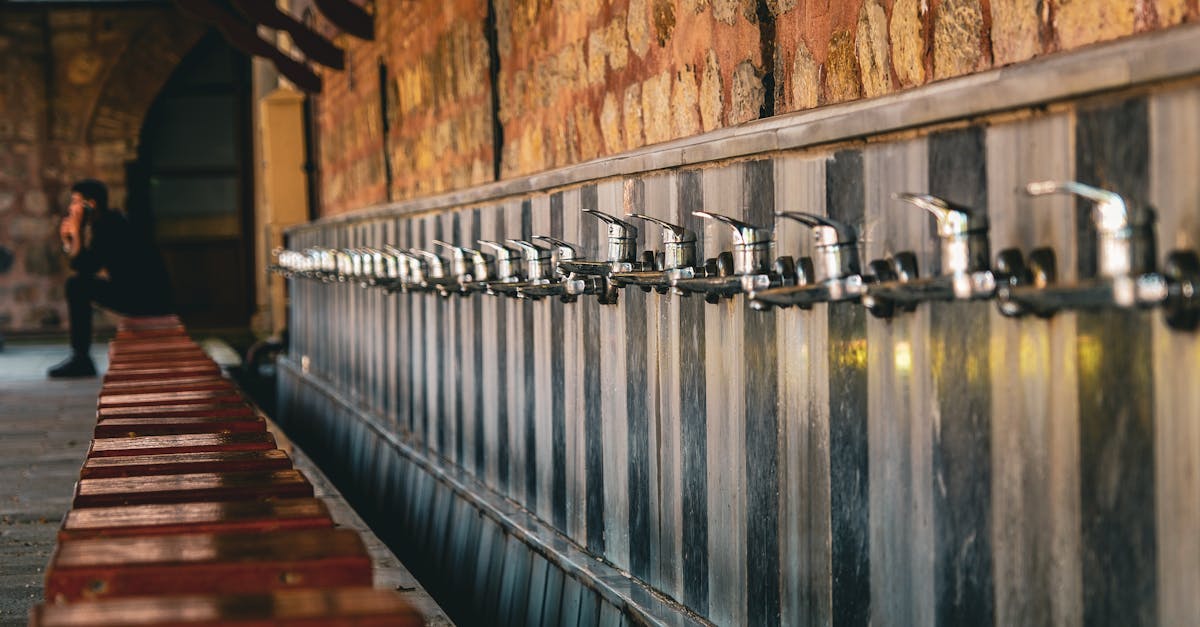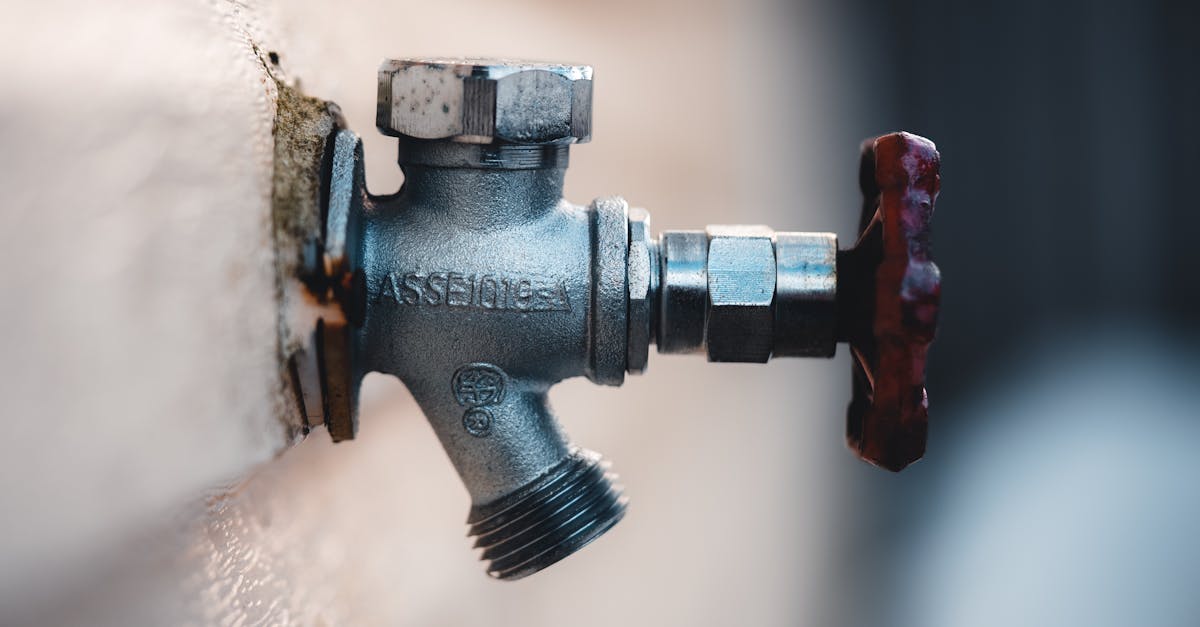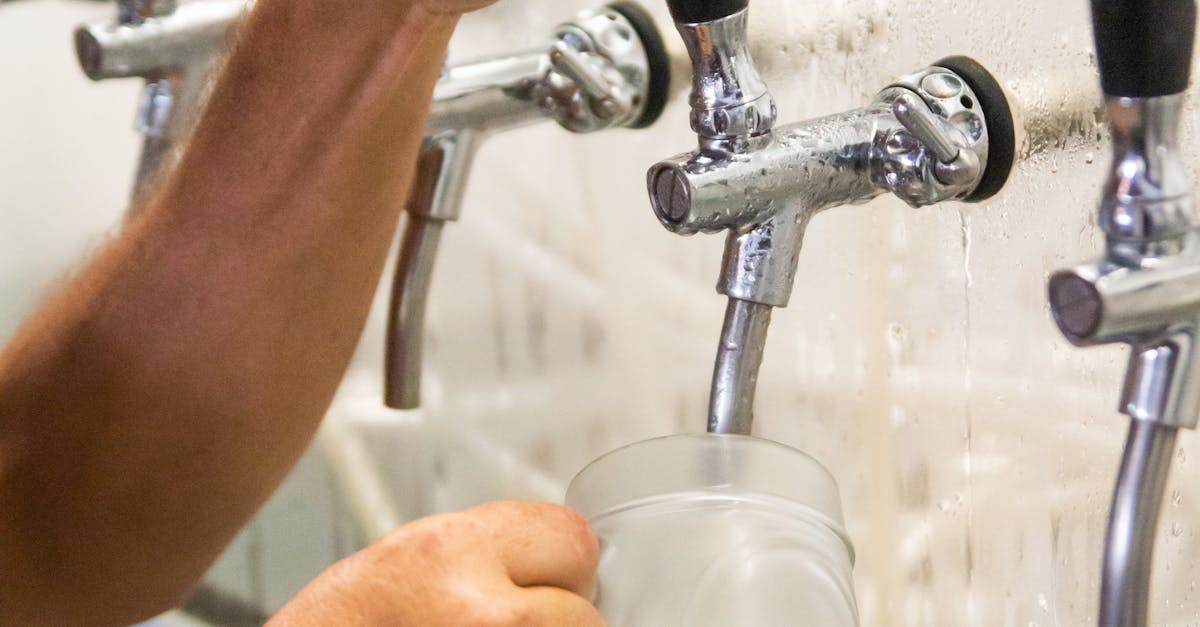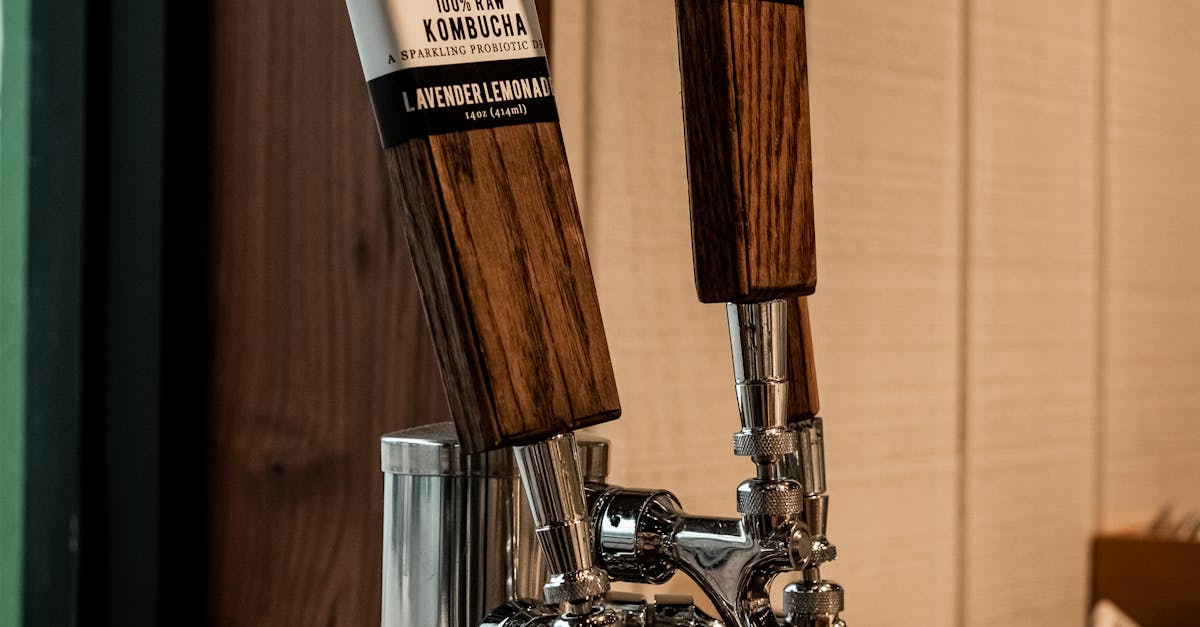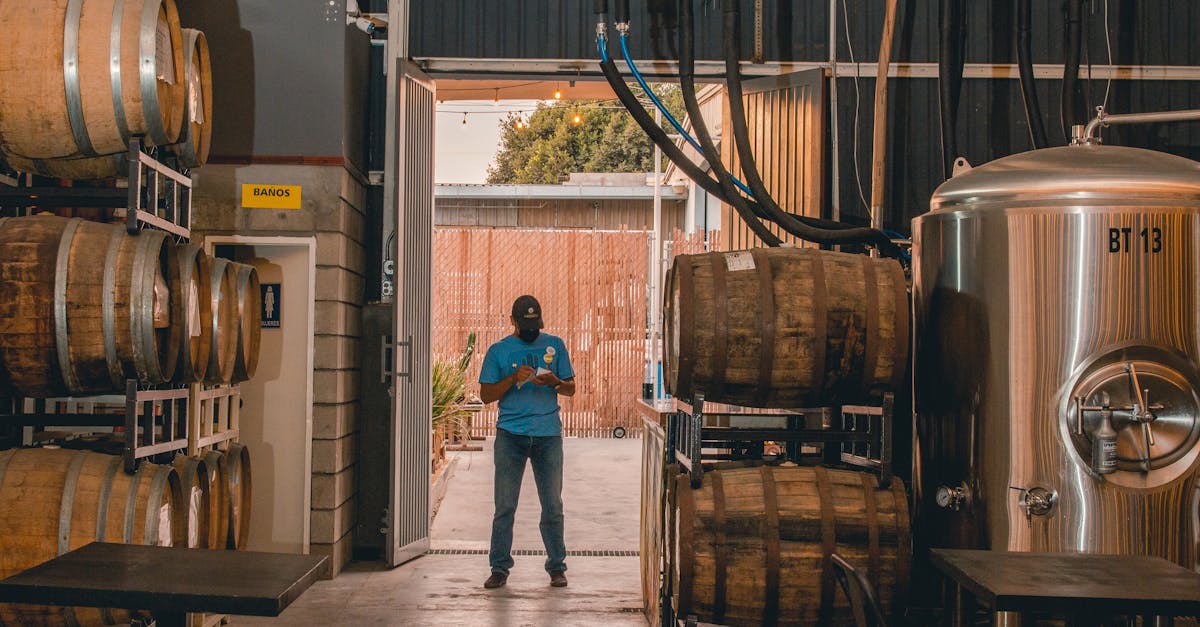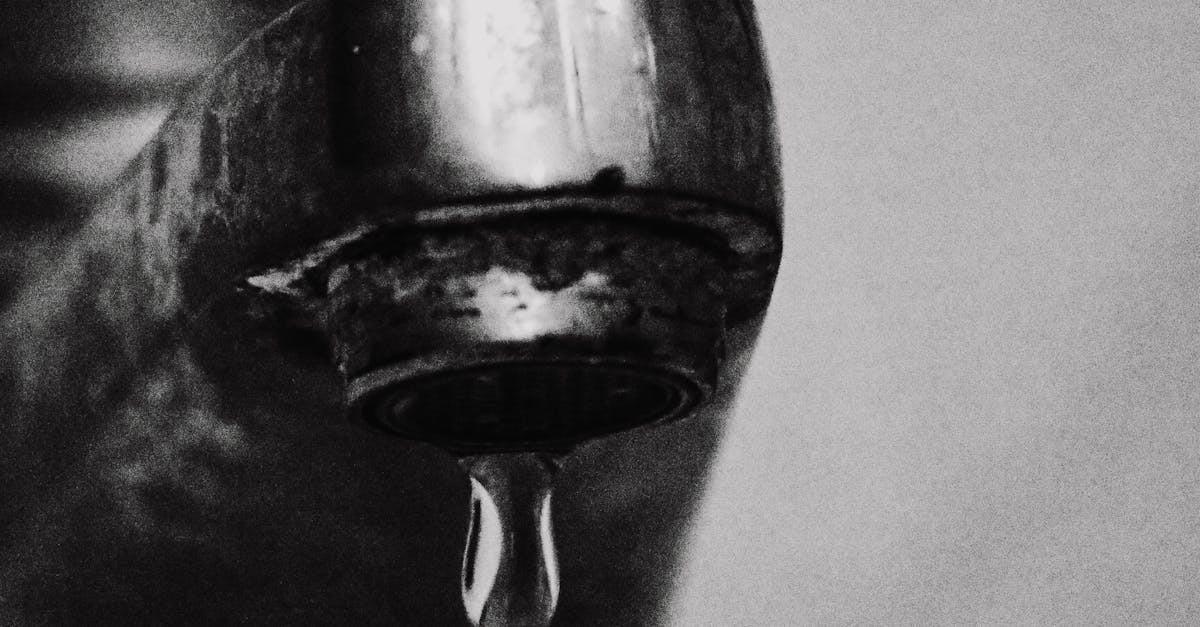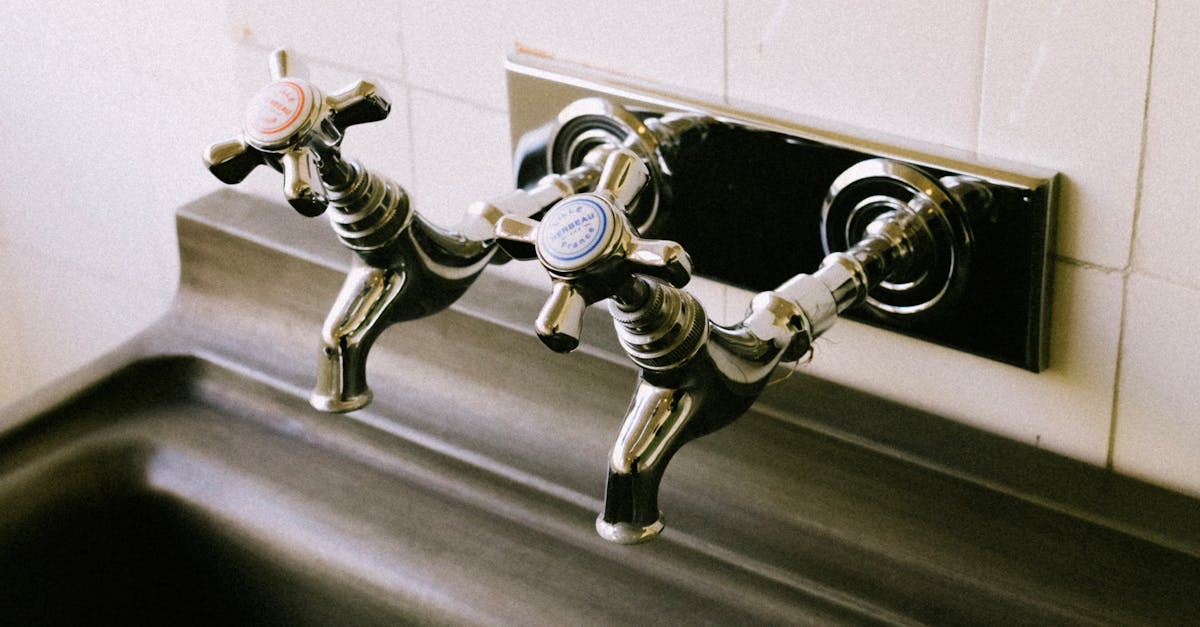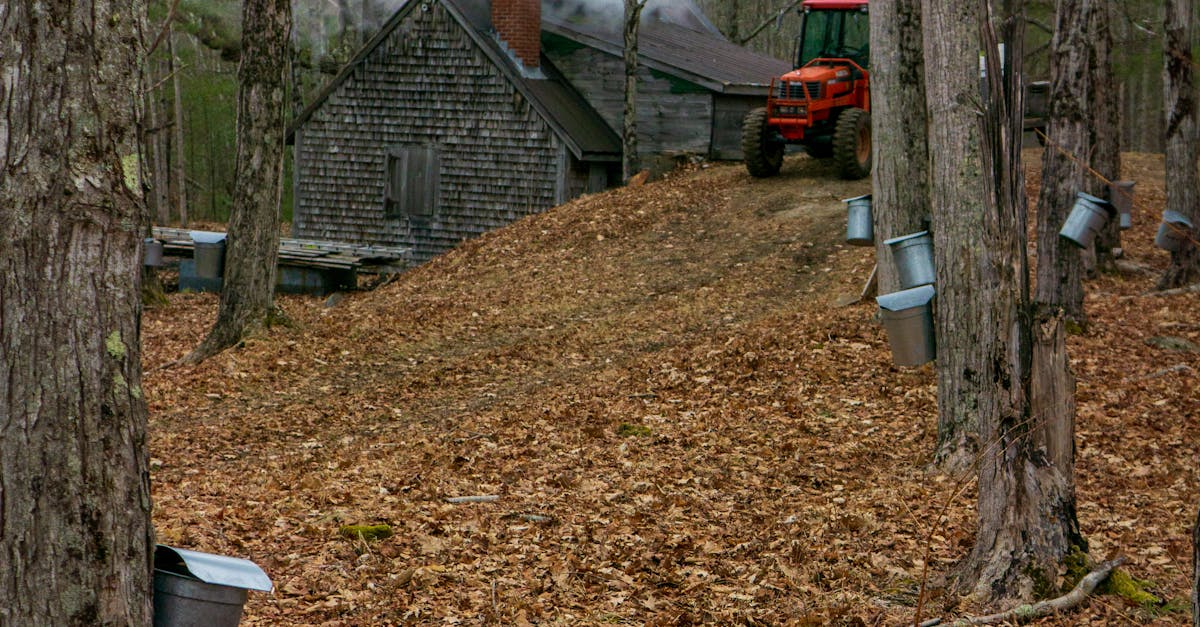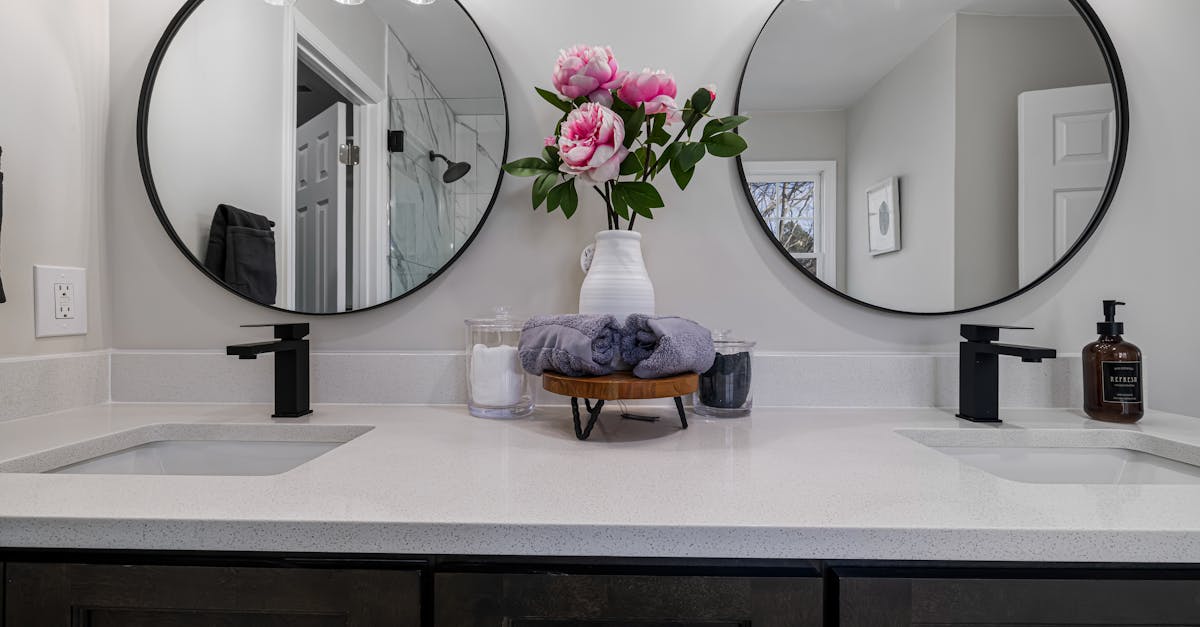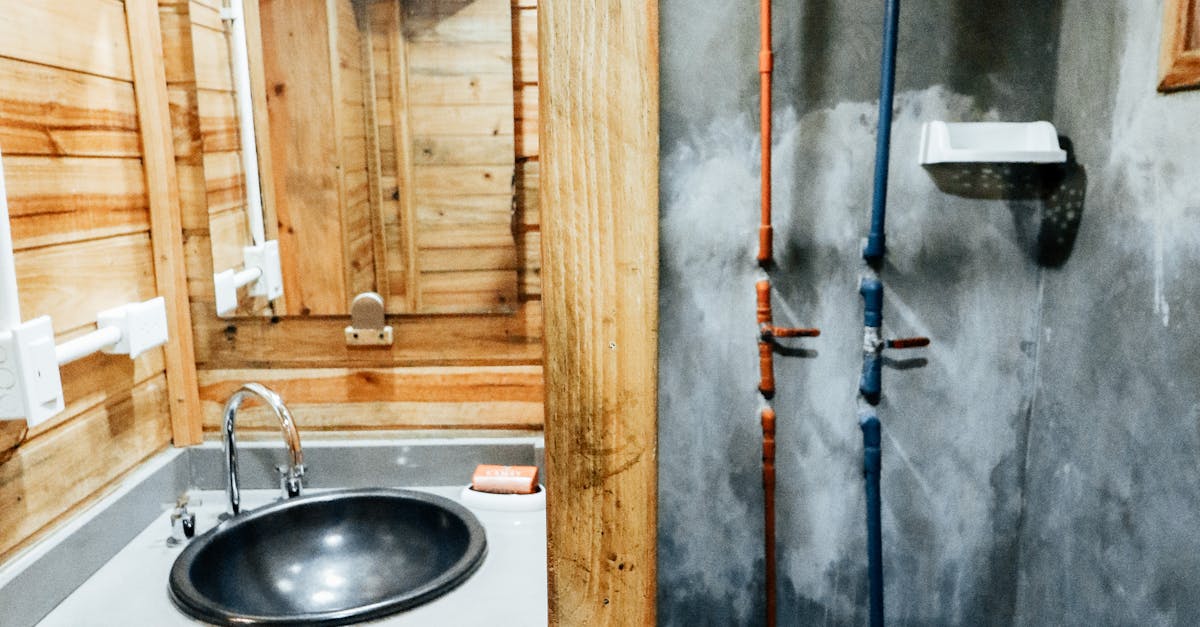
Table Of Contents
DIY Fixes for Leaking Taps
Leaking taps are a common household issue that many people encounter. Fixing them can often be accomplished with a few simple tools and some basic plumbing knowledge. Start by turning off the water supply to the tap. This prevents any further leakage while you work. Once that's done, remove the tap handle to access the internal components. Check the washer or O-ring for wear and tear, as these are often the primary culprits behind leaks.
After inspecting the parts, replace any damaged components with suitable replacements. You can find washers and O-rings at most hardware stores. Reassemble the tap carefully and turn the water supply back on. A quick test will show if the leak has been fixed. If leaking taps continue to drip after these repairs, further investigation may be required to identify more complex issues within the plumbing system.
Tools You Need for Basic Repairs
When dealing with leaking taps, having the right tools on hand can make the repair process much smoother. A basic toolkit should include an adjustable wrench, screwdrivers of various sizes, and a pair of pliers. These tools will help you access and tighten or remove components without causing damage. A flashlight may also be beneficial to illuminate dark spaces under the sink.
In addition to these essentials, consider having a basin wrench, which can reach fittings that are otherwise difficult to access. Rubber grommets or a plumber's tape can assist in sealing connections. A cloth is handy for wiping away any excess water while you work. Having these tools ready will empower you to address leaking taps efficiently and effectively.
When to Call a Professional
Many homeowners attempt to fix leaking taps themselves, often with great success. However, there are times when the problem may be more complex than a simple washer replacement. If the issue persists after multiple DIY repairs or if new leaks appear, it may indicate deeper plumbing problems. Engaging a professional plumber can save time and prevent further damage.
Some plumbing issues require specialised tools or expertise that a typical DIY enthusiast may not possess. If you encounter rusted fittings, severe leaks, or difficulty accessing certain components, calling a professional is wise. They can accurately diagnose the issue, suggest a permanent solution, and ensure that your leaking taps are fixed properly, giving you peace of mind.
Knowing the Limits of DIY Solutions
Attempting DIY fixes for leaking taps can be a rewarding experience, but it is essential to recognise when your skills might fall short. Some problems may stem from more complex issues within the plumbing system, such as corroded pipes or underlying water pressure problems. In these cases, a basic repair might only be a temporary solution and could lead to more significant damage if not addressed properly.
It is crucial to assess your comfort level and expertise before diving into repairs. While some individuals may feel confident undertaking simple tasks like replacing washers or O-rings, others may find these efforts frustrating or ineffective. Knowing when to call a professional can save both time and money, especially if you’re dealing with persistent leaking taps that don’t respond to initial fixes.
Choosing the Right Replacement Parts
Choosing the right replacement parts is crucial for effectively addressing the issue of leaking taps. With various types of taps available, it is essential to identify the correct components specific to your tap model. This includes washers, O-rings, and cartridges, each playing a vital role in the sealing mechanism. When selecting replacement parts, always consider the materials and sizes to ensure compatibility and durability.
It can be beneficial to take the old parts with you when purchasing replacements. This approach allows for easier matching and can help you avoid potential errors. Using high-quality materials can significantly improve the longevity of your repairs, ultimately reducing the chances of encountering further issues with leaking taps in the future. Make sure to consult the manufacturer’s recommendations or seek advice from hardware professionals if uncertain about the appropriate parts.
Types of Washers and ORings
When dealing with leaking taps, selecting the correct type of washer or O-ring is essential for an effective repair. Washers typically provide a seal between the valve seat and the tap handle. Common materials include rubber, silicone, and felt, each having its own suitability based on the specific tap design and water pressure. O-rings, often found in cartridge taps, are circular gaskets that prevent leaks by providing a tight seal between two components. These can also be made from various materials, including rubber and polyurethane.
Understanding the differences between these components helps in choosing the right replacement parts. For example, rubber washers are more prevalent for compression taps, while O-rings are commonly used in tap cartridges. It's essential to measure the old parts carefully before purchasing replacements, as sizes can vary significantly across different brands and models. Fitting the correct washer or O-ring will help address the issue of leaking taps and restore functionality.
FAQS
What is the most common cause of a leaking tap?
The most common cause of a leaking tap is a worn-out washer or O-ring, which can deteriorate over time due to constant friction and water exposure.
How can I tell if my tap washer needs replacing?
You can tell if your tap washer needs replacing if you notice persistent dripping or leaking from the tap even when it’s turned off.
Are there any quick fixes for a leaking tap?
Yes, some quick fixes for a leaking tap include tightening the tap handle, replacing the washer or O-ring, or wrapping plumber’s tape around the threads to enhance the seal.
When should I consider calling a professional for a leaking tap?
You should consider calling a professional if you have tried basic DIY fixes without success, if the leak is severe, or if you suspect there may be underlying plumbing issues.
What types of washers and O-rings should I use for my tap?
The type of washers and O-rings you should use depends on the make and model of your tap. It’s best to consult the manufacturer’s guidelines or take the old parts to a hardware store for matching replacements.
